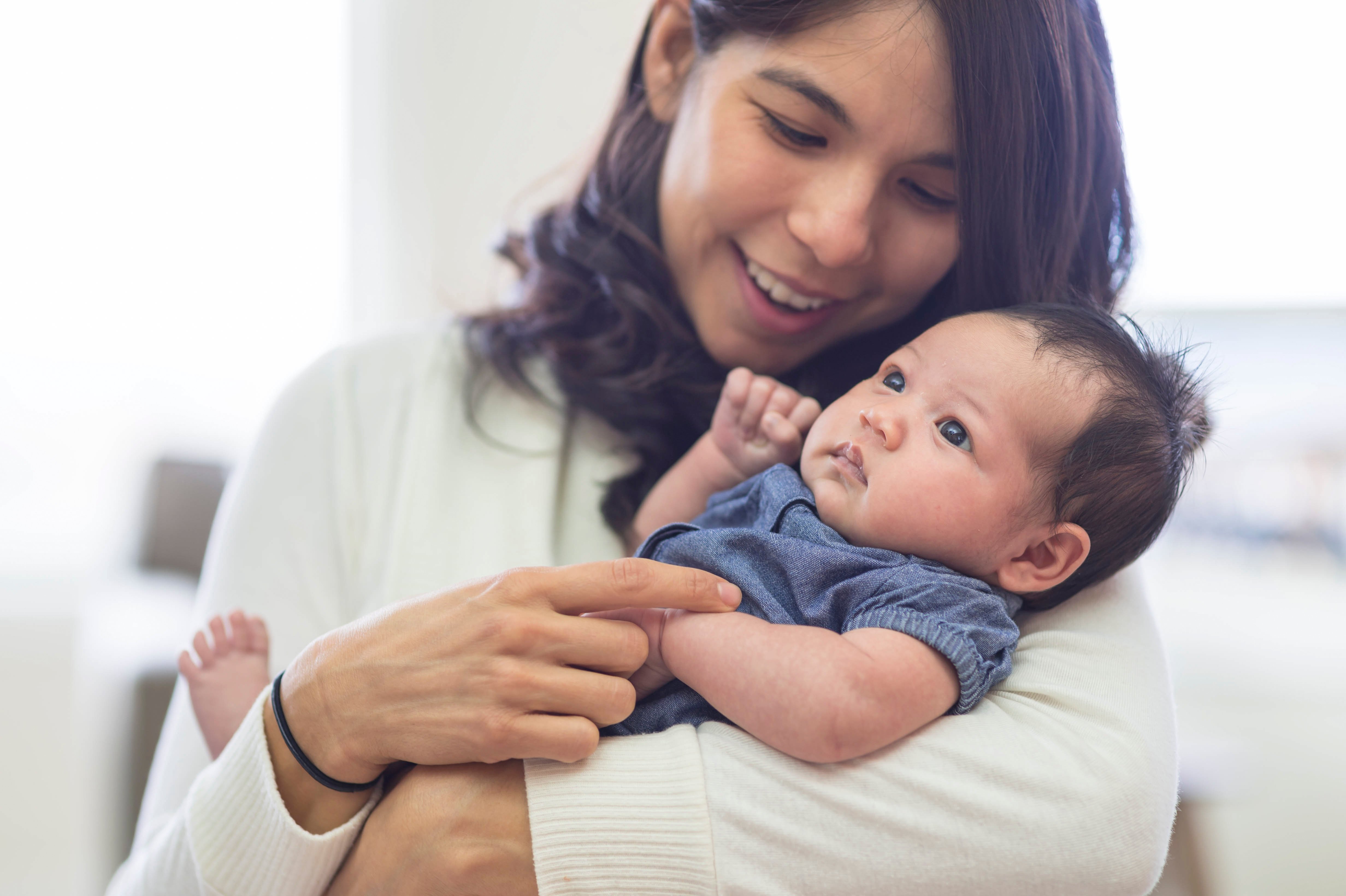Circumcision is a procedure to remove the end portion of skin (known as foreskin) that covers the head of the penis. In an otherwise healthy newborn who is being considered for circumcision, the procedure will most likely be done within the first few days or weeks after birth. It usually takes less than 30 minutes and is often performed under a local anaesthetic.
Circumcision is a procedure to remove the end portion of skin (known as foreskin) that covers the head of the penis.
In an otherwise healthy newborn who is being considered for circumcision, the procedure will most likely be done within the first few days or weeks after birth. It usually takes less than 30 minutes and is often performed under a local anaesthetic.

Factors to consider when deciding on circumcision
Most parents choose circumcision for religious, cultural or cosmetic reasons. Other parents might consider routine circumcision for medical reasons. However, there is conflicting evidence about the benefits of routine circumcision.
Circumcision can reduce penile and urinary tract infections that can occur in an uncircumcised boy. It can also remove other issues, such as an inability to retract (pull back) the foreskin, known as phimosis.
On the other hand, 1.5 percent of newborn and infant circumcisions can result in complications such as infection, too much bleeding, the removal of too much skin and side effects of pain relief. In addition, only about 1 percent of boys in Western cultures need a circumcision for medical reasons. Leaving the foreskin intact may provide additional sensitivity at the top of the penis and protect the urethra from meatal stenosis, a type of scarring.
In addition, routine newborn circumcision is contraindicated (not recommended) in the case of some medical conditions. These include bleeding disorders such as hemophilia or thrombocytopenia. Until the child is evaluated by a urologist, other contraindications include hypospadias and buried penis.
The Canadian Paediatric Society does not recommend routine circumcision of newborn males. Instead, it advises parents to thoroughly discuss their options with a knowledgeable healthcare professional so they can understand the risks and benefits of circumcision and make an informed choice.
Because routine circumcision is considered an elective (optional) procedure in Ontario, the patient and family, not OHIP, must cover the costs.
What to expect if you choose a newborn circumcision
Different techniques can be used for circumcision, but, in general, the procedure involves excising (cutting off) the foreskin. Unlike circumcisions in older boys, a newborn circumcision does not require stitches.
Most babies recover quickly from a circumcision. At first, the incision (cut) will be red and the glans (head of the penis) will look like it has been scraped. The area may be tender, but this will lessen over the first couple of days. The penis may also have some redness and swelling and have some yellow pus on the head in particular for up to a couple of weeks. This is completely normal and is not a sign of infection, which occurs very rarely.
How to care for your son after a circumcision
Your doctor will give you detailed instructions on how to care for your son’s circumcised penis based on the technique they used during the procedure.
Here are some general tips.
- Clean the area with soap and water.
- Change your son’s diaper as you would normally.
- Apply petroleum jelly or another ointment to the area on gauze every time you clean it until all scabbing has resolved, usually after two weeks. The lubricant will prevent the glans from sticking to the diaper while the area heals.
When to call the doctor after a newborn circumcision
Call your doctor if the circumcision site looks abnormal.
When to seek emergency medical care after a circumcision
Take your son to the nearest hospital emergency department immediately if:
- you are concerned about any ongoing bleeding from the incision (a few drops is normal)
- the circumcision looks infected or has yellow liquid draining from the incision (some yellow pus after surgery is normal)
- your son develops a fever or looks sick
- your son has difficulty with urinating (peeing) more than eight hours after circumcision.
What to expect if you do not choose a newborn circumcision
Over 90 percent of uncircumcised boys will be able to retract their foreskin naturally, without any treatment, by age five or six. This is a natural occurrence, so do not try to retract the skin in a way that could cause trauma.
If the foreskin does not retract or if an infection develops, your doctor may prescribe a mild steroid cream. This is usually applied for six to eight weeks to make retraction easier. If the steroid cream fails or the foreskin is truly infected, your doctor will refer your child for a consultation with a urologist to discuss other options.
Sources
Canadian Paediatric Society, 2015. Circumcision in newborns: Position statement. Paediatric Child Health 2015;20(6):311-15
Canadian Paediatric Society, 2015.
Circumcision of baby boys: Information for parents.
